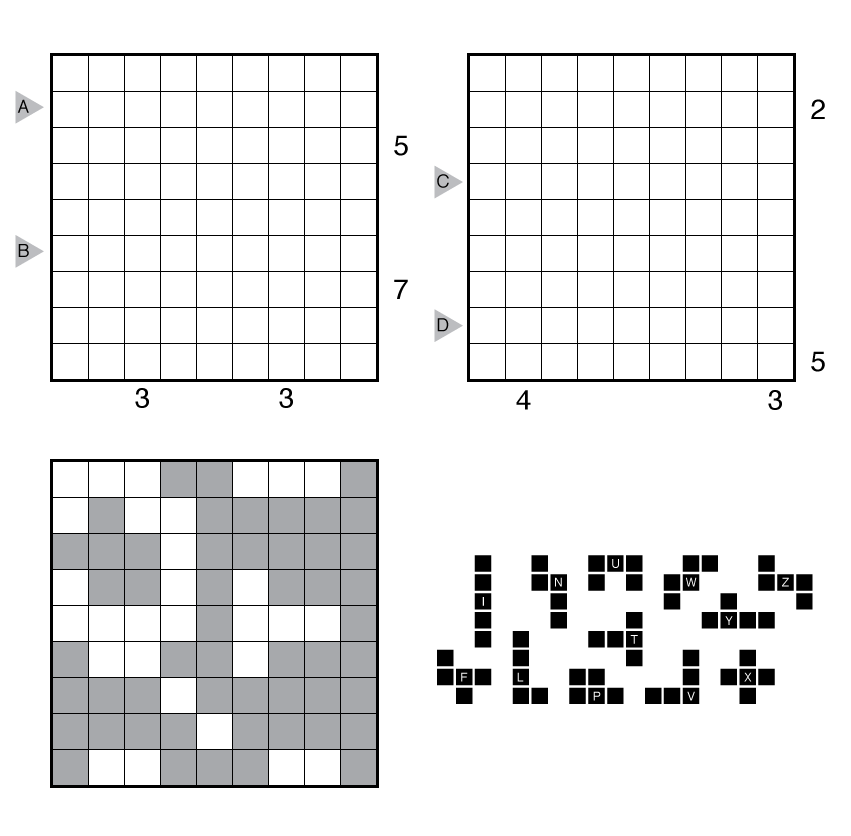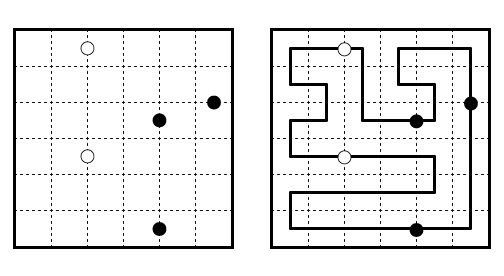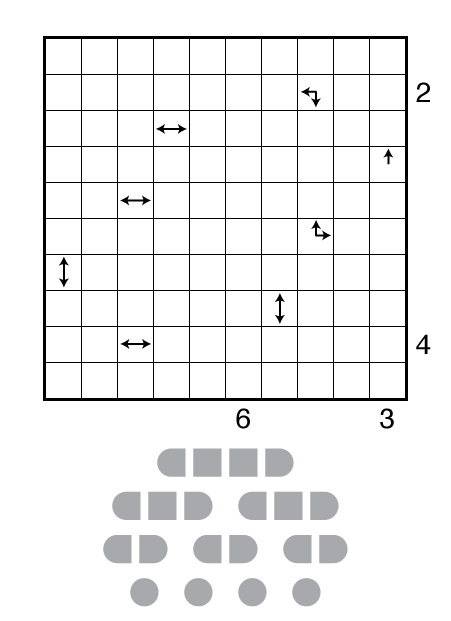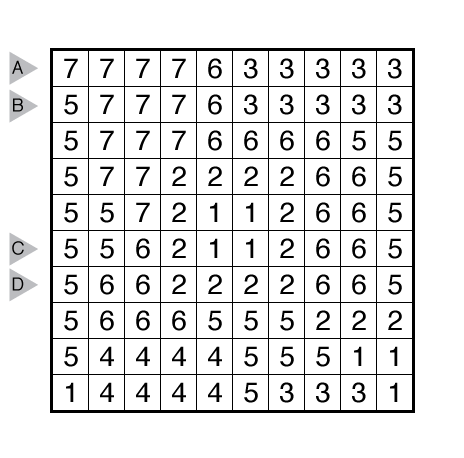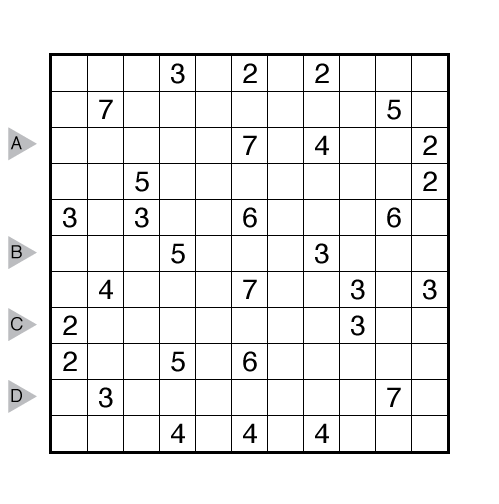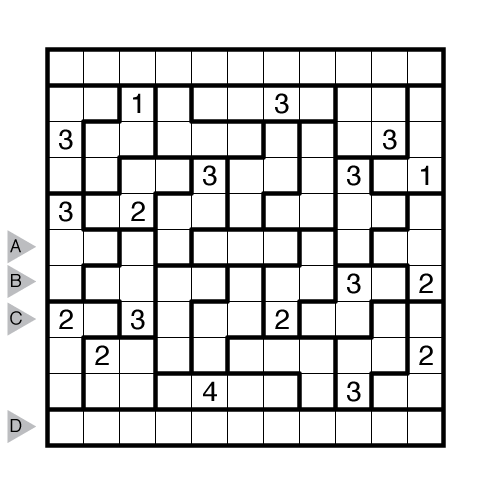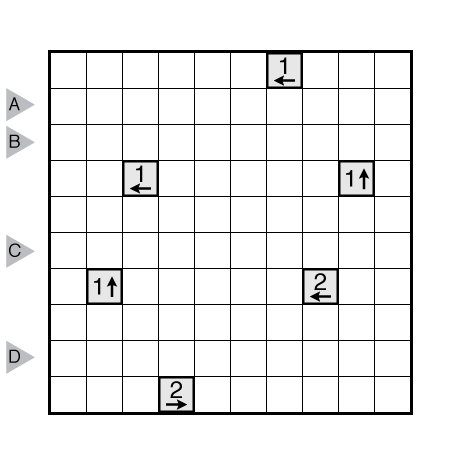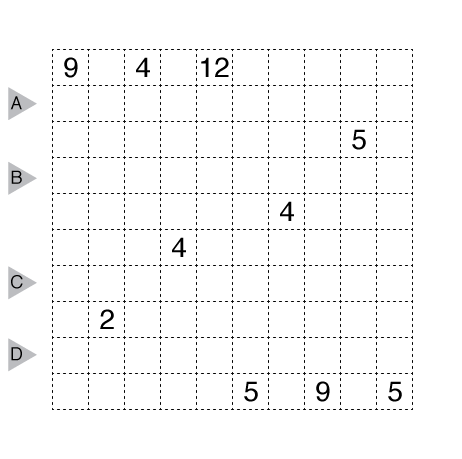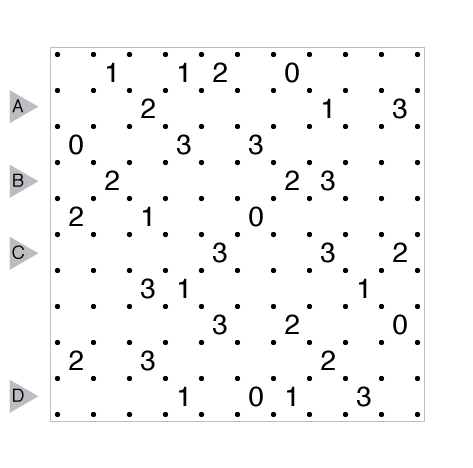Skyscrapers (2 in 1) by Prasanna Seshadri
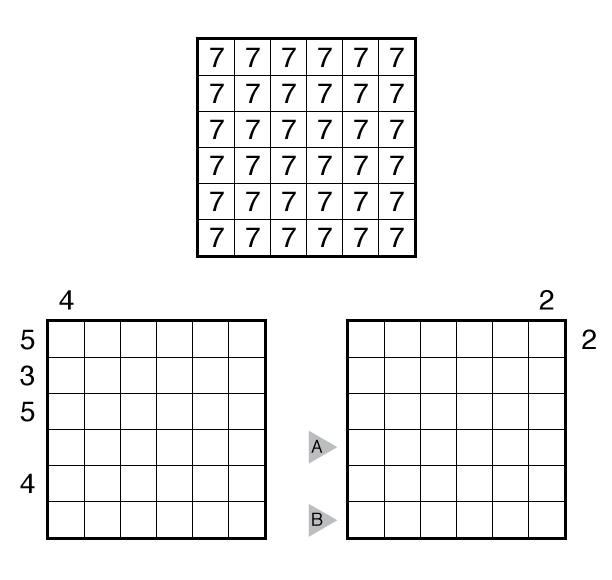
(view directly for a larger image)
or solve online (using our beta test of Penpa-Edit tools)
Theme: Sevens
Author/Opus: This is the 142nd puzzle from our contributing puzzlemaster Prasanna Seshadri.
Rules: Standard Skyscrapers Rules, with two grids at the bottom to solve. The top grid indicates the sum of the digits in the bottom two grids in the corresponding positions.
Answer String: For the rightmost grid, enter the 4th row from left to right, followed by a comma, followed by the 6th row from left to right.
Time Standards (highlight to view): Grandmaster = 4:00, Master = 6:30, Expert = 13:00
Solution: PDF
Note: Follow this link for other classic Skyscrapers. If you are new to this puzzle type, here are our easiest Skyscrapers to get started on. More Skyscrapers puzzles can be found in The Art of Puzzles.

